Todd Hido is a photographer and artist based in San Francisco. His work tends to capture the darker more ‘unscenic’ side of suburban American, that is both captivating and unconventional. Hes worked with an array of photographers such as world famous photographer Larry Sultan and Harvey Denge. He is also a professor at California College of the Arts.
A huge part of his work is the human presence and its effects on the landscape and the American Environment. I was originally drawn to his work with its compelling yet eerie presentation as well as its use of natural and man-made lighting to evoke an intriguing and jarring narrative. Hido has discussed in interviews how he only uses the lighting that was already present in the scene, adding to the authenticity of his work. Much of his work is an observation of what is around him as opposed to something he was created, much of his work is unplanned and instead he travels with his camera, searching for something to photograph.
Lighting is a crucial part to what makes his work so compelling, the lighting evokes a very different form of ambiance into his work by adding depth and mystery such as the piece above to the right, the eerie green glow of the window implies there are people living inside the home and the street light adds depth. Man-made lighting is used in Hido’s work to reflect a sense of human presence.
Landscapes
Landscapes is a series of photos in a large portfolio featuring a selection of photos taken over the years. A selection were taken from inside his car, adding another sense of depth and perspective to his work with the use of internal and external viewpoints. The use of the window as a second lens adds a complete new texture to the image, often adding a dreamy yet distorted, claustrophobic 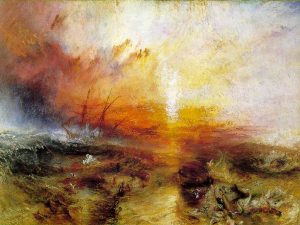 feel, this creates an intentional disconnection between the viewer and the landscape, building on the narrative of traveling, being stuck in a car, in a constant limbo from destination to next.
feel, this creates an intentional disconnection between the viewer and the landscape, building on the narrative of traveling, being stuck in a car, in a constant limbo from destination to next.
This series of work reminds me of the romantic landscape painter J. M. W. Turner with Todd’s use of washed colours and emotionally charged tone and texture. An example of this is Turner’s famous painting ‘The Slave Ship’ painted in 1840.
This is similar in the case of Hiddo’s work where the subject matter often reflects something very mundane, but then with the use of lighting and timing he has added energy, ambiance and meaning, evoking a deeper narrative that is personal to the individual viewer and their own experiences. Both Hiddo and Turners work is based around a sensation felt by the viewer and how our surroundings effect us.

HOMES AT NIGHT
Houses at night is his second portfolio featuring various houses from all around the American country. A lot of this work can be seen in his books ‘House Hunting’ and ‘Outskirts’. This series is by far the most compelling to me in terms of how well they can evoke such a enchanting yet personal and complex narrative with the use of lighting and composition of very basic every day landscapes.
“I believe that all those signs from your past and all those feelings and memories certainly come together, often subconsciously, and form some kind of a fragmented narrative” Interview : Todd Hido, Ahorn Magazine
The subtle imagery such as just a simple depiction of light pouring from a window builds a mystery, leaving the audience to their own imagination to what might be occurring within the house. The soft glow from streetlights and harsh shadows adds an uncanny ambiance to the photographs. It is so easy for the viewer connect with his work due to how common or mundane the subject matter is, considering most of us see this suburban, built-up environment every day.
‘I take photographs of houses at night because I wonder about the families inside them,’ Hido tells me. ‘I wonder about how people live, and the act of taking that photograph is a meditation.’House Hunting, therefore, is more question than answer. A rumination without resolution. Katya Tylevich
Monographs
Hido has created a selection of books from his work, his first being the enchanting book from 2001 named ‘House Hunting’, featuring a selection of houses as well as abandoned interiors from around America, such as the photographs I have mentioned from his ‘Homes at night’ portfolio. The series focuses on America from a very candid perspective, viewing how people thrive in a country struggling from the effects of the economy, in this way it shares a slightly political motif, making a statement about the welfare of the American people. His next book, Outskirts, shares a very similar theme wit his firs book, featuring ominous images depicting the darker side of suburban america.
He then moved into a different style of landscape images with his next two books ‘Roaming’ and ‘A Road Divided’, where he also explored portraiture. These pieces shared a very different genre to his previous work, featuring softness as well as warm tones that comes across more harmonious and even poetic.

The above image really stood out with its dramatic and almost sinister ambiance. The photograph depicts Hido’s trademark focus on the suburban landscape. The cinematic harsh lighting protruding from outside the scene creates dark shadows evokes a very mysterious and sinister ambiance. The grey background adds depth and sense of space to the image whilst also showing the viewer the silhouettes of the trees. The dark shadow on the right side of the house leaves a bigger contrast for the viewer to see the light from illuminating from inside the house, another trademark feature of Hido’s work. The window suggests to the audience that someone is present in the house, thus evoking a narrative similar to Roland Barthes enigma, where there is a sense of mystery, enticing the viewer to question what might be happening or what will happen next. The overgrown surroundings and decaying old cars evokes stereotypes of run down, unsafe areas, which then adds to the feeling of fear evokes by this photograph, which again evokes the cinematic, spooky narrative of the photograph. Another iconic feature of this piece is Hido’s use of composition where he’s used a portrait frame for a landscape image, he does this to evoke an sense of isolation, creating a disconnection between this house and the surroundings.
“Yes, I do often use the vertical format. With the houses I do it quite a bit, and the reason for it is that often times I just wanted to get a single home in the frame. The place seems more isolated that way. Also it was easier to focus the viewer’s and my attention onto a single home.” – Ahorn Magazine interview
In relation to my exam coursework and project theme, his work ties in with the notion of conflict that happens between unchangeable forces such as the change from night to day and the growth and the changes the environment create around the buildings and structures such as the trees and rust that forms on unkempt constructions we have built. His work looks at the implied human presence within the environment and how this evokes narrative, this is a big part of my project which is also shown in the work of Richard Misrach who looks at the beauty evoked by this.
Part of Hido’s portfolio is a selection of portraits which he uses to compliment his landscape photographs as well as evoke peoples effects and influences within the landscape, this is something i plan on incorporating into my projects which is also similar to the work of Bill Henson who incorporates portrait photographs next to his landscapes. Using people in my photographs is something I plan on exploring later on in my project.
There are a lot of similarities of Hido’s work to the work of Richard Misrach who I have explored previously. Both Misrach and Hido’s work is an observation of the surroundings. Their work explores the beauty evokes in the mundane and often overlooked surroundings such as a dark alleyway or an aged wooden wall. Their work then elevated the surroundings with its use of carefully timed lighting, which enhances the colours and sense of depth in the photograph, giving it ambiance, mood and most importantly narrative. This use of everyday surroundings give the viewer a bigger feeling of connection with the scenery as it draws out their own experiences or memories as well as their own subconscious thoughts and emotions.
I believe that all those signs from your past and all those feelings and memories certainly come together, often subconsciously, and form some kind of a fragmented narrative. Often you’re telling your own story but you may not even know it. Ahorn Magazine interview
I plan on taking a lot of inspiration from his work with how he uses lighting and mise en scene to add emotion and a cinematic narrative. I plan on looking at the sense of human presence within the landscape as well as the notion of nocturnal life and how it builds narrative such as how Hido uses streetlights and light from inside buildings to create ambiance and narrative. I also like how he doesn’t stage his photographs and instead, travels, waits and observes to find the perfect photograph using light from the surroundings. I also plan on using techniques to elevate the photographs, living them a new level of life such as by using HDR to create a more dramatic exposure as well as slow shutter speeds to work well in dark lighting.
Another huge influence I have taken from Todd Hido is his use of published books to show his work, which is another way to create narrative. I plan on using creating my own book inspired by Todd Hido.



















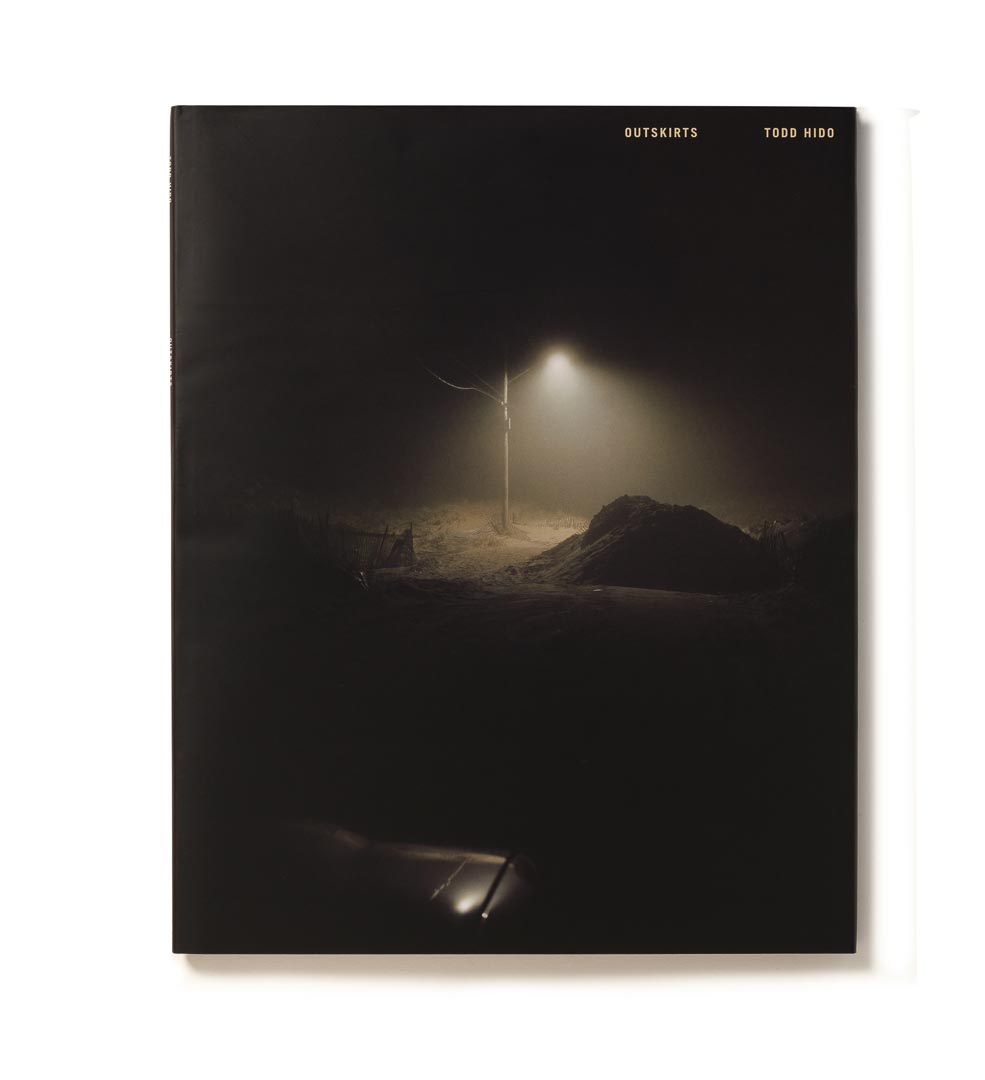



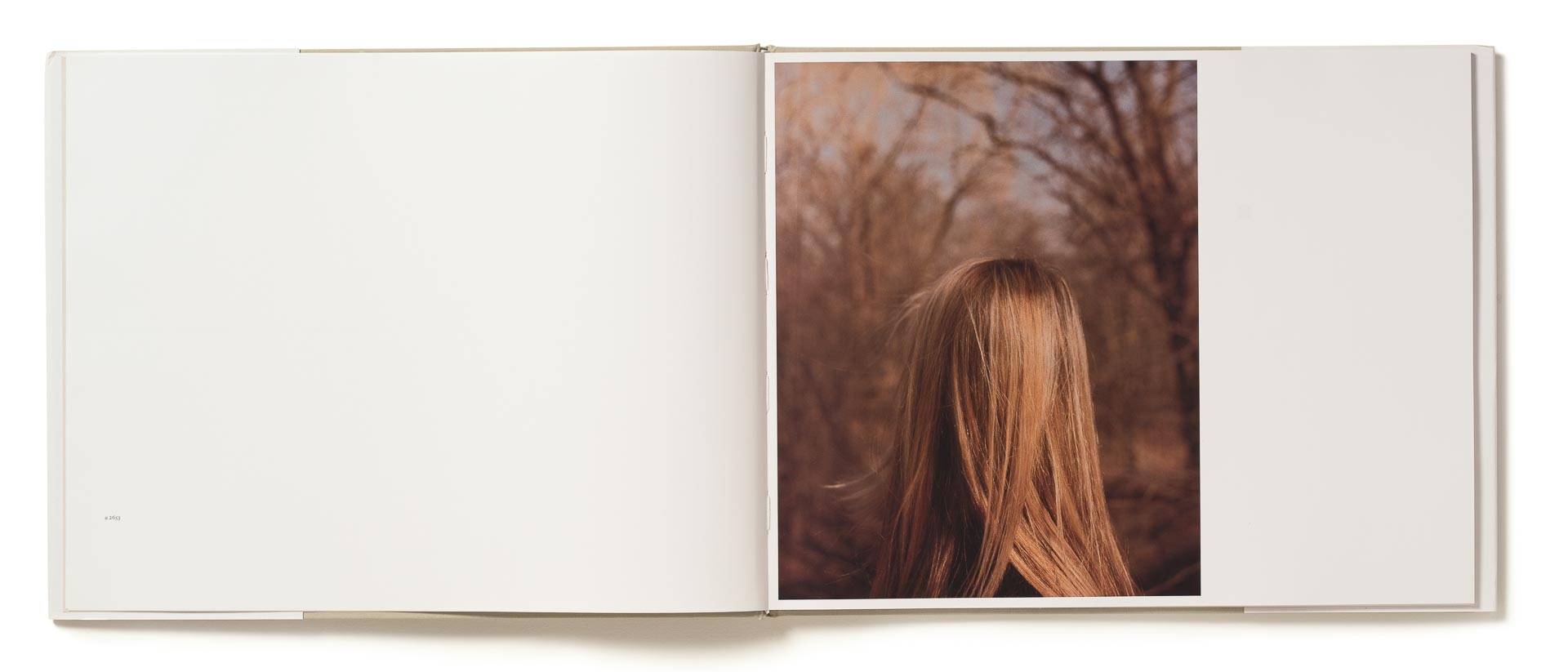
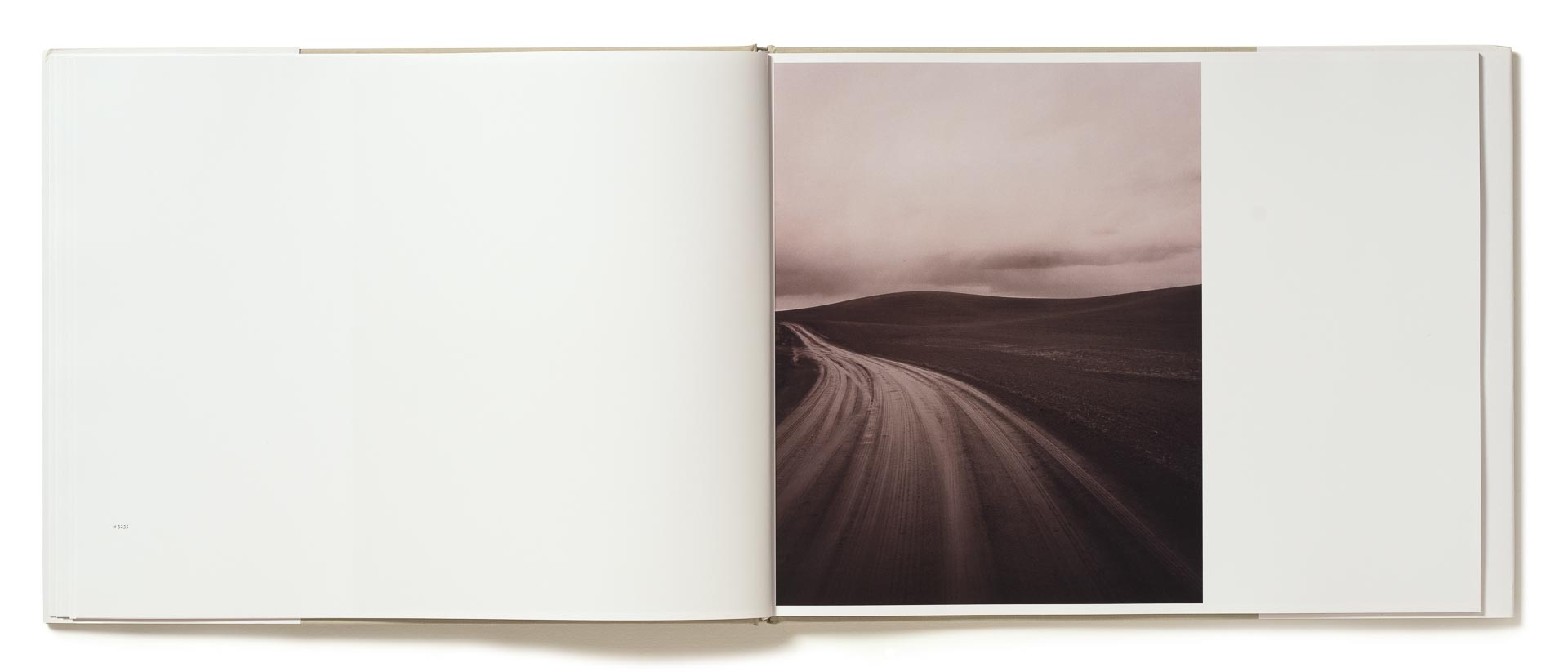
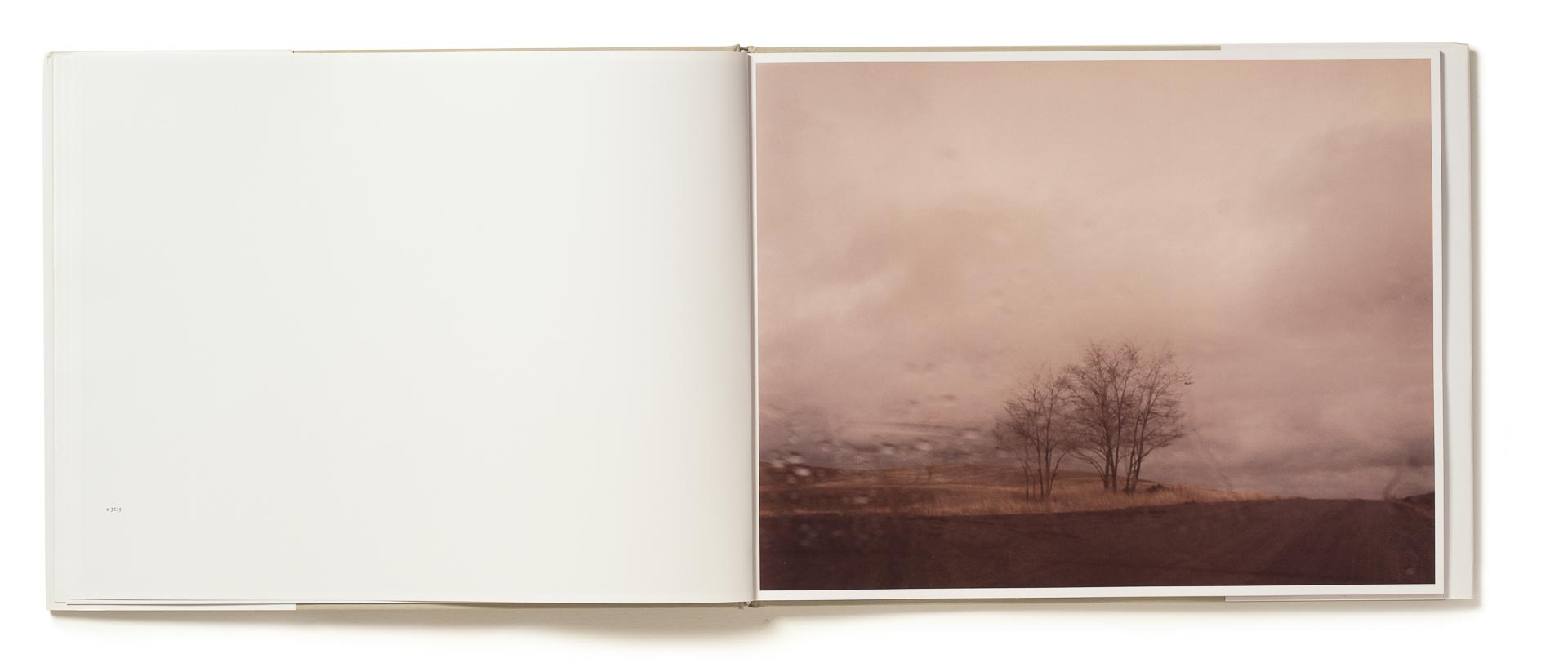






Excellent artist reference.
Produce a similar blog post for Bill Henson’s work. He has also made many excellent photo books
https://www.photobookstore.co.uk/booksearch.php?keywords=bill+henson&search=SEARCH
https://www.editionsbessard.com/non-classe/bill-henson-the-photobook-each-copy-comes-with-a-signed-6-5″x4-5″-print-enclosed-and-a-stunning-lenticular-cover-size-of-the-book-340mm-x-250mm-a-limited-edition-of-750-copies/
http://www.robertmillergallery.com/bill-henson
http://tolarnogalleries.com/artists/bill-henson/